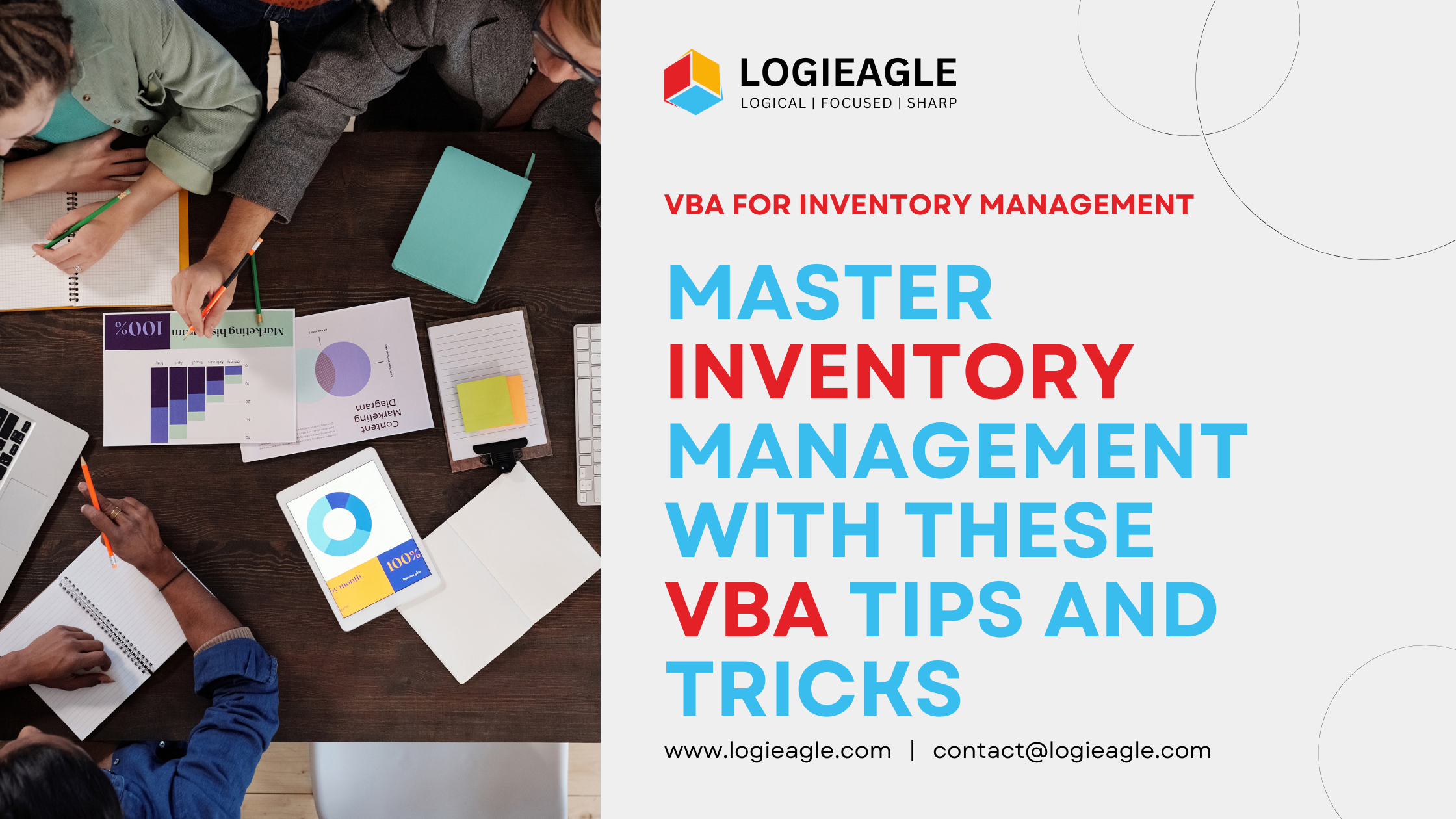
In the dynamic landscape of data analysis, Excel stands as a stalwart, and its potential goes far beyond the surface features. This blog post delves into the advanced realm of Excel, exploring the transformative power of VBA (Visual Basic for Applications) and Macros. By harnessing these tools, you can not only streamline day-to-day data analysis but also automate reporting, dashboard generation, and more.
1. Data Import and Macros
Excel Macros, written in VBA, can be employed to automate the import of data from various sources. Whether it’s extracting data from databases, APIs, or web scraping, a well-crafted Macro can save considerable time and eliminate the risk of manual errors.
2. Dynamic Dashboards with VBA
VBA enables you to create dynamic dashboards that update in real-time. Through Macros, you can link data to charts, graphs, and other visual elements, ensuring that your dashboard reflects the most recent information without manual intervention.
3. Automated Reporting
Reporting becomes a breeze with VBA. By automating the generation of reports through Macros, you can ensure consistency and accuracy. VBA allows you to set up templates, automate data population, and even schedule report generation at specific intervals.
4. Interactive User Forms
VBA enables the creation of user-friendly interfaces within Excel. User Forms can be designed to gather input from users, making data analysis more interactive. This is particularly useful when building tools for colleagues who may not be as familiar with Excel’s intricacies.
5. Conditional Formatting and Alerts
VBA can be used to set up dynamic conditional formatting and alerts. For instance, you can create Macros that highlight specific data points based on predefined conditions or trigger alerts when certain thresholds are breached, enhancing your ability to identify trends and outliers.
6. Custom Functions with VBA
Extend Excel’s functionality by creating custom functions with VBA. This allows you to tailor Excel to your specific analytical needs, providing a level of flexibility beyond the built-in functions. Custom functions can be reused across multiple projects, promoting efficiency and consistency.
7. Error Handling and Data Validation
VBA allows for robust error handling in Macros, ensuring that your automated processes can gracefully handle unexpected situations. Combined with data validation techniques, you can enhance the reliability of your automated analyses.
8. Integration with External Applications
VBA enables seamless integration with external applications. This opens up possibilities for importing data directly into Excel from other software, automating interactions with external databases, and enhancing the overall efficiency of your data analysis pipeline.
Conclusion
Excel’s prowess in data analysis is taken to new heights with VBA and Macros. By investing time in mastering these advanced tools, you can not only streamline day-to-day tasks but also automate complex processes, such as reporting and dashboard generation. Whether you’re a seasoned analyst or just starting your Excel journey, unlocking the potential of VBA will undoubtedly elevate your data analysis capabilities to unprecedented levels.
 Master Inventory Management with These VBA Tips and Tricks
Master Inventory Management with These VBA Tips and Tricks
 Timing Your Investment: The Key to Successful Business Automation
Timing Your Investment: The Key to Successful Business Automation
 5 Ways Custom Web Apps Outperform Off-the-Shelf Tools
5 Ways Custom Web Apps Outperform Off-the-Shelf Tools
 Evaluating ERP Vendors in 2025: What You Need to Know
Evaluating ERP Vendors in 2025: What You Need to Know
 How automation can lead to Big Impact on Tool Adoption
How automation can lead to Big Impact on Tool Adoption
 How to Use Excel Macros to Enhance Team Efficiency
How to Use Excel Macros to Enhance Team Efficiency
 From Idea to Prototype: Build Your Product Without a Dev Team
From Idea to Prototype: Build Your Product Without a Dev Team
 Boost Your Small Business Credibility by Avoiding These 7 Common Website Mistakes
Boost Your Small Business Credibility by Avoiding These 7 Common Website Mistakes
 Boost Your SME's Success with Smart UX Design
Boost Your SME's Success with Smart UX Design
 The Future of ERP: Lightweight Tools for Growing Companies
The Future of ERP: Lightweight Tools for Growing Companies